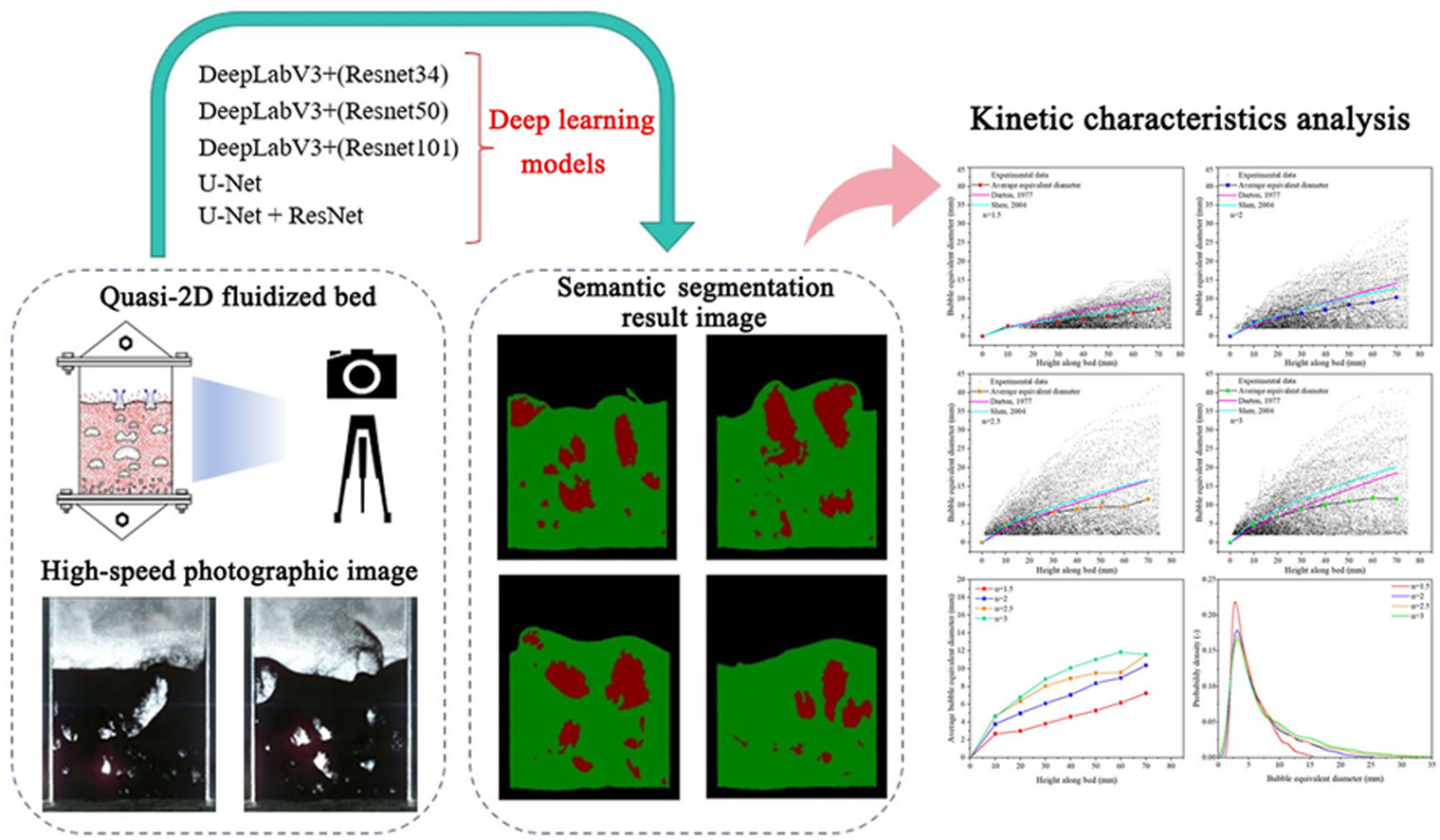- Volumes 96-107 (2025)
-
Volumes 84-95 (2024)
-
Volume 95
Pages 1-392 (December 2024)
-
Volume 94
Pages 1-400 (November 2024)
-
Volume 93
Pages 1-376 (October 2024)
-
Volume 92
Pages 1-316 (September 2024)
-
Volume 91
Pages 1-378 (August 2024)
-
Volume 90
Pages 1-580 (July 2024)
-
Volume 89
Pages 1-278 (June 2024)
-
Volume 88
Pages 1-350 (May 2024)
-
Volume 87
Pages 1-338 (April 2024)
-
Volume 86
Pages 1-312 (March 2024)
-
Volume 85
Pages 1-334 (February 2024)
-
Volume 84
Pages 1-308 (January 2024)
-
Volume 95
-
Volumes 72-83 (2023)
-
Volume 83
Pages 1-258 (December 2023)
-
Volume 82
Pages 1-204 (November 2023)
-
Volume 81
Pages 1-188 (October 2023)
-
Volume 80
Pages 1-202 (September 2023)
-
Volume 79
Pages 1-172 (August 2023)
-
Volume 78
Pages 1-146 (July 2023)
-
Volume 77
Pages 1-152 (June 2023)
-
Volume 76
Pages 1-176 (May 2023)
-
Volume 75
Pages 1-228 (April 2023)
-
Volume 74
Pages 1-200 (March 2023)
-
Volume 73
Pages 1-138 (February 2023)
-
Volume 72
Pages 1-144 (January 2023)
-
Volume 83
-
Volumes 60-71 (2022)
-
Volume 71
Pages 1-108 (December 2022)
-
Volume 70
Pages 1-106 (November 2022)
-
Volume 69
Pages 1-122 (October 2022)
-
Volume 68
Pages 1-124 (September 2022)
-
Volume 67
Pages 1-102 (August 2022)
-
Volume 66
Pages 1-112 (July 2022)
-
Volume 65
Pages 1-138 (June 2022)
-
Volume 64
Pages 1-186 (May 2022)
-
Volume 63
Pages 1-124 (April 2022)
-
Volume 62
Pages 1-104 (March 2022)
-
Volume 61
Pages 1-120 (February 2022)
-
Volume 60
Pages 1-124 (January 2022)
-
Volume 71
- Volumes 54-59 (2021)
- Volumes 48-53 (2020)
- Volumes 42-47 (2019)
- Volumes 36-41 (2018)
- Volumes 30-35 (2017)
- Volumes 24-29 (2016)
- Volumes 18-23 (2015)
- Volumes 12-17 (2014)
- Volume 11 (2013)
- Volume 10 (2012)
- Volume 9 (2011)
- Volume 8 (2010)
- Volume 7 (2009)
- Volume 6 (2008)
- Volume 5 (2007)
- Volume 4 (2006)
- Volume 3 (2005)
- Volume 2 (2004)
- Volume 1 (2003)
• Bubbles in gas-solid fluidized beds are difficult to be accurately observed.
• Identifying bubbles using deep learning methods.
• Compare five different deep learning models and find one with the best performance.
• Study on the kinetic characteristics of iron ore powder.
The dynamic characteristics of bubbles are pivotal for the design and optimization of gas-solid fluidized beds. Common techniques for bubble analysis include direct photography, Electrical Capacitance Tomography (ECT), and X-ray imaging, among others. Traditional image segmentation methods often struggle to accurately process a substantial number of digital images within complex background environments. This paper presents a deep learning-based semantic segmentation methodology specifically designed for bubble segmentation in gas/iron ore powder fluidized beds and assesses the segmentation performance of five distinct deep learning models. Based on training outcomes, the DeepLabV3+ model utilizing a ResNet50 backbone demonstrates superior performance. Building upon this optimal deep learning model, various kinetic characteristics of bubbles, including equivalent diameter, size distribution, aspect ratio, bed voidage, and rising velocity, are analyzed at different fluidization numbers (n = 1.5, 2, 2.5, 3) within a quasi-2D fluidized bed setup. The findings indicate that the fluidization number significantly affects the evolution of bubble size and equivalent diameter in the fluidized bed; notably, the average equivalent diameter tends to increase with height along the bed. Conversely, the influence of fluidization number on both bubble size distribution and aspect ratio distribution is relatively minor. As both fluidization number and height from the sieve plate increase, bed voidage rises while fluctuations intensify considerably. Furthermore, bubble rising velocity correlates positively with increasing equivalent diameter; however, it remains independent of fluidization number for bubbles of identical sizes.

